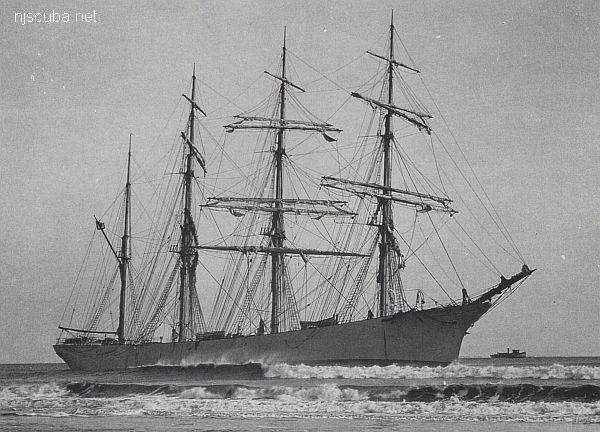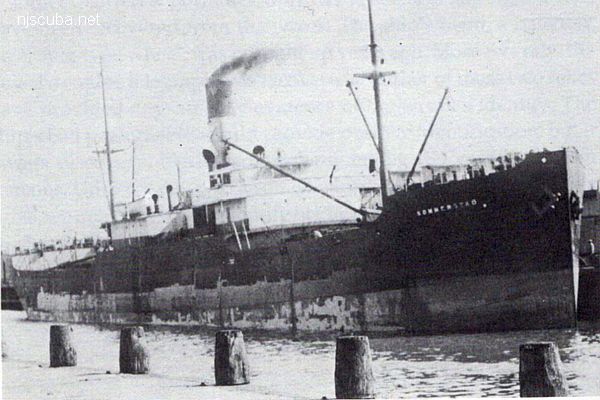- Type:
- shipwreck, sailing ship
- Specs:
- 1000 tons, 20 crew
- Sunk:
- Saturday January 6, 1877
foundered in storm - no casualties
wooden, alternately buried and exposed
More: Simala ...
More: Dive Sites ...
wooden, alternately buried and exposed
More: Simala ...

More: Sindia ...
Depth: 85 to 103 feet
13 nautical miles southwest of Fire Island Inlet
More: Sixteen Fathom Artificial Reef ...
Depth: 30 - 40 ft
1.6 nautical miles northwest of Stony Brook Harbor
More: Smithtown Artificial Reef ...
More: Snug Harbor ...

More: Sommerstad ...
A large steel wreck, partially intact.
Possibly the remains of the Kennebec.
More: Southern Lillian ...